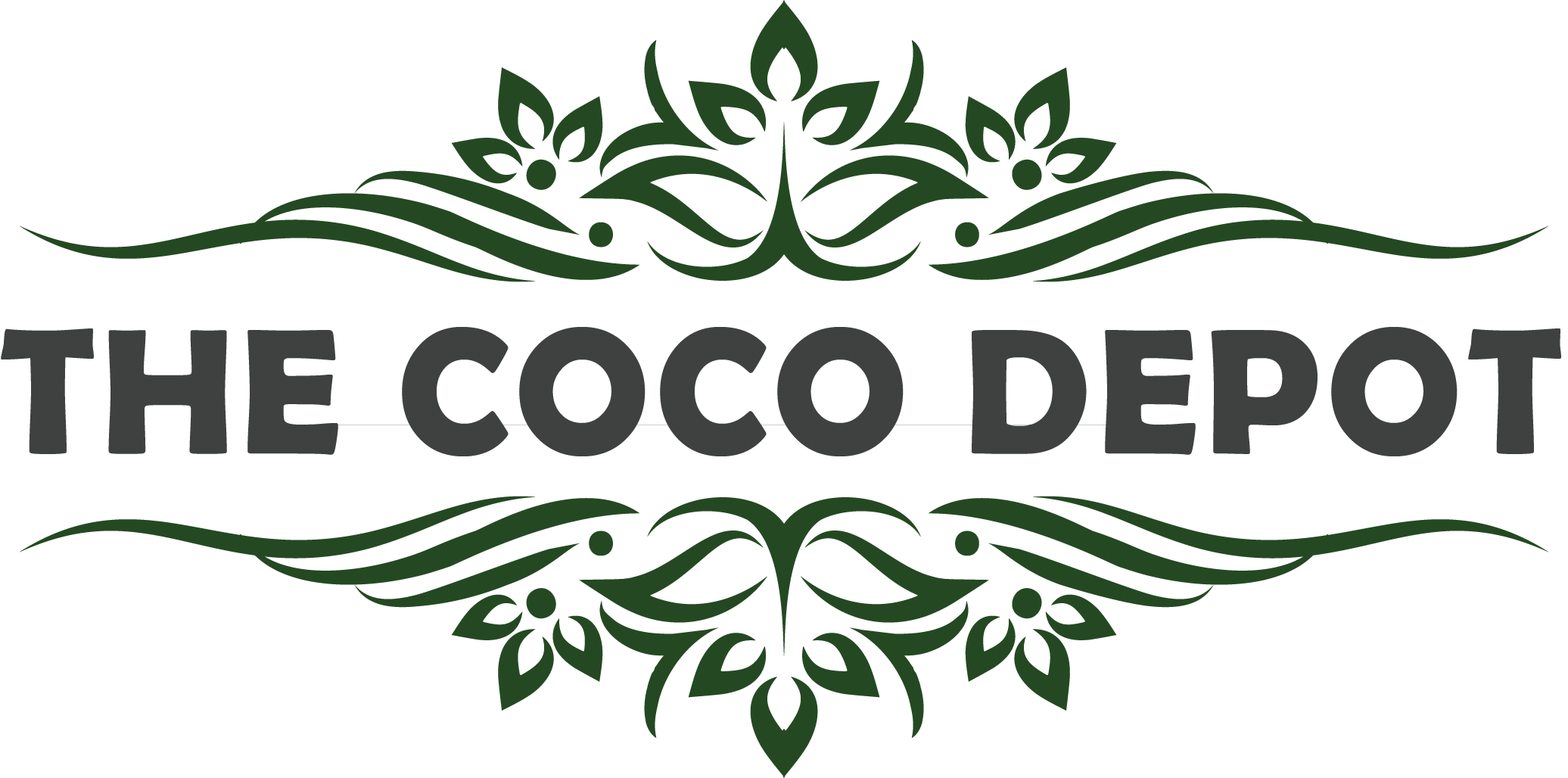Coconuts have been a staple of daily life for millennia, mainly in tropical areas
where the ability to adapt to changing environments is most prominent.
Among its highly valued by-products, the most famous one must be coir, the
pith of the coconut husk, used historically in bedding and brushes as well as
ropes and mats. However, in recent years, coir has exploded with innovation
transforming this natural fiber into a power of opportunities within
horticulture, agriculture, environmentally friendly packaging, and soil
protection. Here is how the blog examines changes in the coir sector regarding
innovation and impacts on agriculture and sustainability among other factors.
1. Advanced Processing Methods for Quality Coir
Natural retting was the primary traditional coir production method, often
time-consuming and labor-intensive. However, modern sophisticated
processing methods.
The traditional way of making coir in olden days was natural retting. However,
the process was too long and labor intensive. Nevertheless, today's advanced
processing technology (for instance eco-friendly retting and mechanical
decorticators) has significantly increased the quality of coir, which
consequently, led to it becoming tougher, flexible, and suitable for a wider
application spectrum. The facilitation of these developments has subsequently
resulted in coir expanding its market and the producer's achieving consistency
in its quality.
2. Using Coco Coir in Agriculture as a Sustainable Growing Medium
The use of coir as a growing medium in agriculture is its most revolutionary application.
Both in commercial and residential gardening, coco coir—produced from the
fibrous part between the outer shell and the husk of the coconut—has been
the first choice of organic growers in recent years instead of conventional soil
and peat moss. Go through the mentioned link for more detailing How to use coconut coir in gardening – The Coco Depot
3. Coir packaging
Coir is a material that has perfect packaging solutions which are viable for
the environment as per the new worldwide trend of making eco-friendly
products. Trays, pots, and protective covers made of coir are a renewable
substitute for single-use plastics and other non-biodegradable materials that
are environment friendly. Various items that are of quality, are multi-purpose,
and environmentally friendly. Coir packaging not only maintains its form, but it
also remains unaffected by the influence of moisture and in the end, it
decomposes organically after using it, as the production process has achieved
new heights. Coir is, at this time, a material that is widely utilized by the
industries on the basis of which they do the packaging, in horticulture and
agriculture. The Environmental benefits of growing with the coco depot’s coco coir – The Coco Depot
4. Land Rehabilitation and Soil Erosion Control
Due to its inherent strength and resistance to decay, coir is an excellent tool
for reducing soil erosion. Coir logs, mats, and blankets stabilize slopes,
riverbanks, and coastal regions. These biodegradable materials feed the soil
with organic matter as they progressively break down and strengthen soil in
erosion-prone locations.
This new short-term soil stabilization technology is coined coir-based
geotextiles. Being environment-friendly unlike the synthetic counterpart, coir
geotextiles encourage plant regrowth. When plant species can regenerate, so
will the ground that was harmed. These products stabilize soils with the use of
chemicals and, as a positive consequence, invite native plant speciation back
into destroyed regions due to disaster or deforestation.
5. Zero-Waste Processing and Waste Minimization
As the importance of environmentally friendly and 'waste-free' production
techniques have become more prominent, coir factories now have to discover
ways in which they can utilize each component of the coconut. What was once
disposed of as waste, husk fibers are currently processed into coco chips, coir
dust, and coir pith with different uses in horticulture, filtration, and agriculture.
Coir processing facilities support a more circular economy by reducing waste
and reusing byproducts. In order to close the resource consumption loop and
lower overall carbon emissions, some businesses have even discovered
creative ways to use the trash from the production of coir into energy.
6. Digitalization and Automation in the Production of Coir
Coir has entered the twenty-first century with automation and digitization.
This has brought about an increase in output, uniformity, and personalization.
Most of the work is done by automated machinery.
7. Coir's Role in Green Infrastructure and Sustainable Agriculture
Coir's potential extends much beyond its conventional use. The coir sector is
well-positioned to contribute significantly to green infrastructure, regenerative
agriculture, and environmental preservation as the need for sustainable,
renewable resources grow. Coir is contributing to making cities greener and
eco-friendly by implementing vertical gardens, green roofs, and nature-friendly
urban designs.
Researchers are also finding ways of making coir stronger and useful. It might
be applied to eco-friendly materials, sustainable fabrics, and green
construction products.
New ideas have transformed the coir industry by turning a renewable and
natural material into a usable resource for modern farming, environment
protection, and the manufacture of eco-friendly products.
For more details visit The Coco Depot - Home of premium coco products

